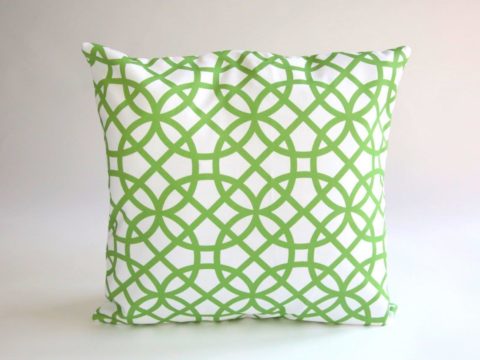Margaret Tudor: Life Story
Chapter 3 : Wedding
Henry accompanied Margaret as far as Margaret Beaufort’s home at Collyweston in Northamptonshire, where they arrived on 5th July. On 8th July, she took leave of her immediate family and continued her journey north in a procession that was one of the great showpieces of the Tudor era.
In a journey lasting over a month, the young Queen of Scots travelled in sumptuous style, accompanied by a great train of ladies and gentlemen. The leader of her entourage was Thomas Howard, Earl of Surrey, whose son, another Thomas, was married to Margaret’s aunt, Anne of York. Surrey’s was a short term role, just to take her to Scotland and see her safely married while his wife, Agnes Tilney, was to be her chaperone for the period before her wedding.
Margaret’s permanent household was to be led by Sir Ralph Verney, her Chamberlain, and his wife, Eleanor Pole, daughter of Lady Margaret Beaufort’s half-sister. They had presumably been sent with Margaret because, as a blood relative of Margaret Beaufort and a much valued lady-in-waiting to Elizabeth of York, Lady Verney would have been trusted to look after the young princess. Lady Verney’s brother, Sir Richard Pole, had been a senior member of Prince Arthur’s household, and his wife, Lady Margaret Plantagenet, was Queen Elizabeth’s cousin.
Margaret rode for most of the journey, although she had a litter should she wish to rest a little. Her standard bearer was Sir Davy Owen, illegitimate half-brother of her grandfather, Edmund Tudor, Earl of Richmond. In evidence of her royal blood, her baggage was carried in carts with canopies of the Tudor green and white livery, with her new royal arms – England and Scotland. The saddle cloth on her horse was emblazoned with the red roses of Lancaster.
The retinue travelled along the Great North Road, greeting dignitaries and being royally entertained at the various stops en route. These included Grantham, Lincoln, Doncaster, Tadcaster and York. As Margaret passed through each, she was greeted by civic dignitaries, swathes of the local gentry, and curious on-lookers. By the time she reached York, her retinue had grown to such a size that the Mayor was obliged to have an extra entrance way cut into the city walls to allow them to enter.
York was the scene of a quite extraordinary level of celebration. There was such a huge crowd that it took two hours for Margaret’s retinue to reach the Minster where she was received by Archbishop Savage of York. The next day being Sunday she went to mass in the Minster, dressed in cloth of gold and with her train carried by the Countess of Surrey. The Earl of Northumberland, dressed likewise in cloth of gold, attended upon her and his countess was presented. Margaret left the city on 17th July arriving at Durham by the 20th before moving on to Newcastle on the 23rd. In Newcastle she spent the night in the Augustinian monastery and on the 25th July the Earl of Northumberland, who had joined the procession, gave a feast which was followed by dancing and other entertainment. The following day Margaret was entertained at Northumberland’s Castle of Alnwick where they spent a day hunting and she shot a buck.
Margaret finally arrived at the border at Berwick on 30th July 1503 where she was joined by Lord and Lady Dacre. Lord Dacre was to play an important part in later events surrounding Margaret. The following day she crossed the border into Scotland. She was met by the Archbishop of Glasgow and a host of her new subjects, including some trumpeters to blow her a fanfare and a gun salute.
At Dalkeith, two days before her official entrance to Edinburgh, in keeping with tales of chivalry, James “accidentally” met Margaret whilst purporting to be on a hunting trip. He greeted her warmly and spent the two days putting her at her ease, quickly discovering a shared interest in, and aptitude for, music. That night a fire in the stables killed some of Margaret’s horses, which James swiftly ordered to be replaced.
When he left, James could not resist the opportunity to impress his new bride with his favourite party trick – the ability to leap into the saddle of his horse, rather than mounting in the usual way from the stirrup. Feeling safe in his masterful horseman-ship, on the 7th August, Margaret made her official entry into her new city riding pillion behind James, to the delight of the crowds.
They were met on the western edge of the city, near modern Grassmarket, by the friars of Greyfriars, the Franciscan house on the edge of the city. They were presented with holy relics to kiss, and then treated to a pageant of angels singing songs of welcome, before handing over the keys of the city to Margaret.
Margaret was treated to a stunning display of welcome including a tableau in which Paris presented the Apple to Venus, goddess of love. Another display showed a giant shield with the Thistle of Scotland entwined with the rose of England. This symbolism came to be widely used as a representation of the marriage. The royal couple continued, either to Edinburgh Castle, or possibly to Holyrood.
Margaret, Queen of Scots
Family Tree




